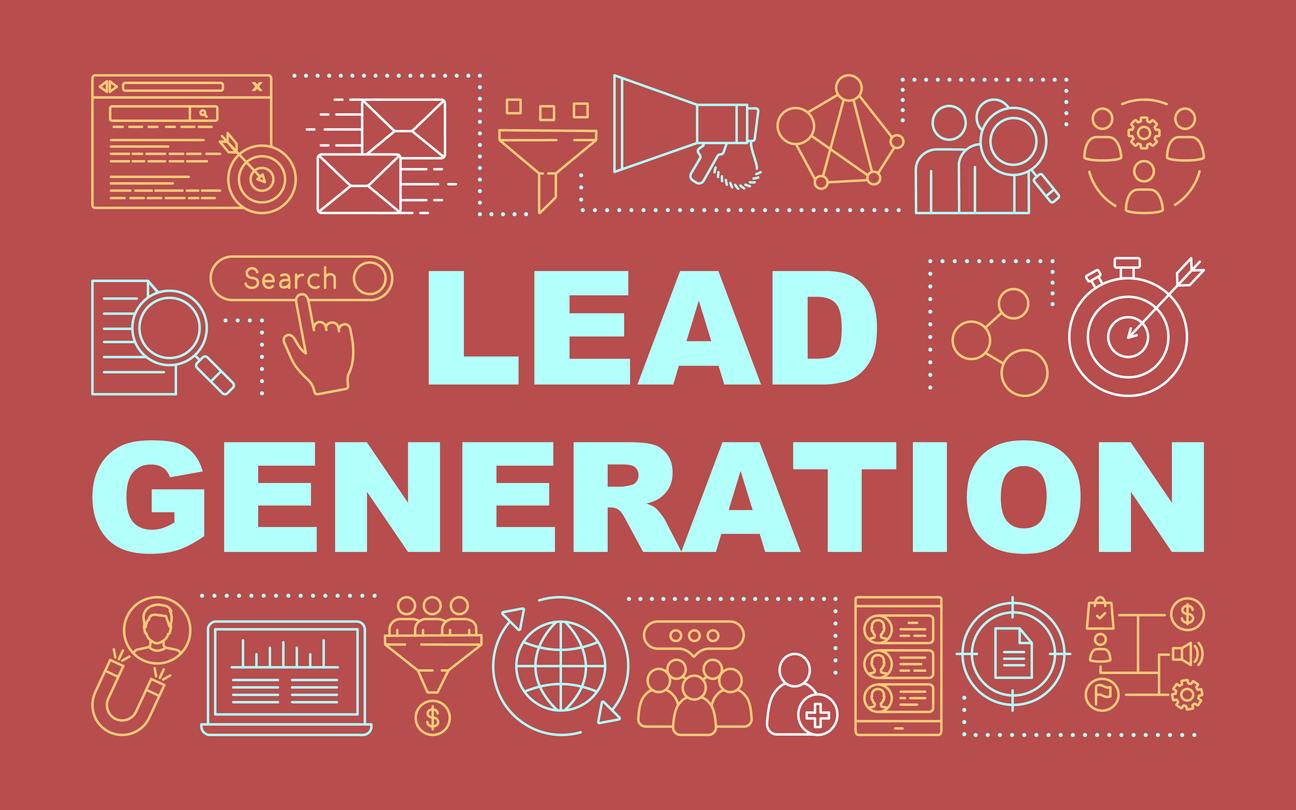What Is Lead Generation in B2B Marketing? [And Why It Matters]
When you’re running a business-to-business (B2B) company, finding other companies interested in your products or services can be challenging. You can’t always employ the same marketing techniques as a B2C business, such as creating story-driven videos to appeal to the audience’s emotions.
Instead, B2B marketing appeals to the target’s logic—how using your products and services can save time, provide a nice return on investment, and so forth. But how can you target the right businesses? It all comes down to lead generation.
What Is Lead Generation in B2B Marketing?
Simply put, lead generation is a process where you identify prospective clients and engage with them to see if they’re interested in your products or services. Once they’re considering buying from you, you can close the sale with a conversion.
These qualified prospects are called leads. In B2B marketing, these leads are typically the parties that have the authority to make major decisions for the company—such as investing in new software or devices. They can range from sales managers to VPs or CEOs.
How Does B2B Lead Generation Work?
B2B lead generation comes in two forms: inbound and outbound.
Inbound Lead Generation
In inbound lead generation, the audience is already looking for solutions that you offer. The task becomes driving these prospects to your business’ marketing channels, like your website or social media pages. You can achieve this by creating content to raise awareness through blog posts or social media ads.
Outbound Lead Generation
Meanwhile, outbound lead generation involves reaching out to prospects regardless of whether they’ve shown prior interest in your business or solutions. Some methods used in outbound lead generation include email campaigns, speaking in-person at industry events, and cold calling.
The Four Phases of the B2B Sales Funnel
B2B companies can use a combination of inbound and outbound methods to get leads. This is often called a B2B sales funnel and can be simplified into four phases.
1. Finding Leads
This is when you procure your leads’ contact details. Some of the ways to get them include:
- Providing website freebies in exchange for their name and contact information
- Searching online directories and other listings
- Networking through platforms such as LinkedIn, Facebook, Quora, etc.
2. Contacting Leads
You can then conduct some cold contacting to determine which prospects are more interested in what you have to offer. This involves using outbound techniques such as emails and calls.
3. Qualifying the Lead
If the lead is receptive to your contacting efforts, you can start engaging with them to see if they’re already familiar with the brand, what solutions they are looking for, or if they already want to buy from you.
4. Closing the Lead
Once you’ve determined that the lead is interested in buying, you can start making offers based on their needs until they make the purchase.
Is Lead Generation Part of Marketing or Sales?
Nowadays, B2B lead generation is a job that is often shared by both sales teams and marketers. However, the marketing team typically handles the primary phases of the process, including researching and engaging prospects through email campaigns.
Once the marketers acquire the lead’s full attention and contact details, the qualified lead is passed on to the sales team, who will nurture the lead to secure a sale and cater to any aftersale concerns.
Why Is Lead Generation Important for B2B Companies?
Several lead generation studies gathered throughout the past year reveal that using lead generation in B2B marketing can significantly boost sales, sometimes up to 50 percent. This is because lead generation lets you find the businesses that are actually willing to buy your products and services. It contrasts simply promoting yourself passively and waiting for an interested party to approach you.
Other benefits of B2B lead generation include:
- Building Customer Relationships: Lead generation lets you directly engage with the target business and gain a deeper understanding of what they need. You’re then able to better cater to them in future transactions, increasing their satisfaction.
- Saving Money: Lead generation can save money on advertising costs since you’ll only have to target the most relevant audience instead of marketing blindly.
Why Outsource Your Lead Generation Needs?
Now that you know what lead generation is in B2B marketing, you might be interested in implementing it for your business. But your in-house employees might not have the time, energy, or resources to do all the work involved in generating and nurturing leads. Instead, you could consider outsourcing this job to a trained third-party lead generation team.
Let’s check out some of the main benefits of outsourcing your B2B lead generation:
- Your sales team will get leads that are already qualified since the outsourced team will screen them before directing them to your business.
- Your outsourced partner can gather data on your prospects for you, saving you time.
- They can ensure that the leads generated are fresh.
Learn More About B2B Lead Generation Here
ROI Call Center Solutions provides outbound lead generation services and will be glad to help you learn more about how B2B lead generation can benefit your business. You can check out the rest of our blog or contact us for more information on our call center services.






